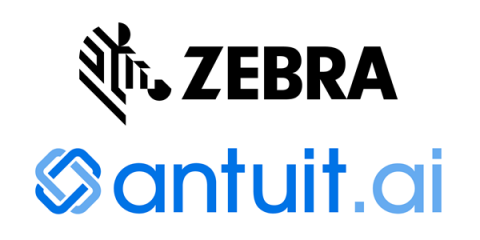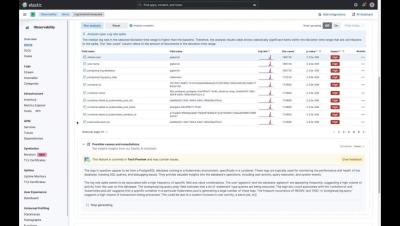Non-Emergency Medical Transportation (NEMT) serves as a crucial link in the healthcare chain, connecting patients who lack suitable transport options with the medical services they require. It often caters to populations that are most in need-individuals with chronic conditions, seniors, and those without access to public transport. Yet, despite the pivotal role it plays, the NEMT industry has long faced various operational challenges, such as inefficient scheduling and excessively complex billing procedures. These difficulties often strain resources and compromise service quality.











